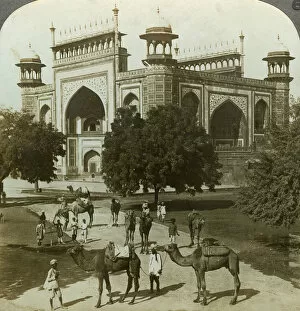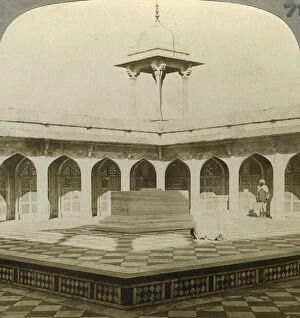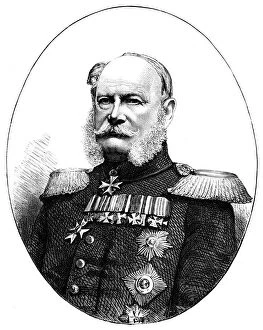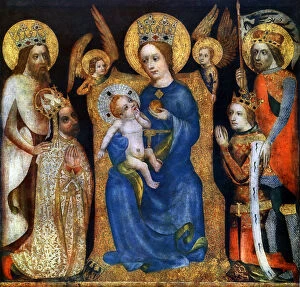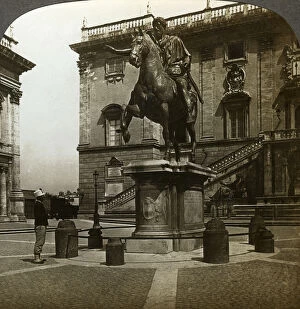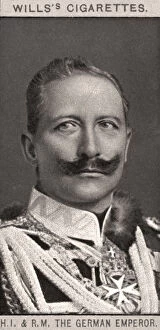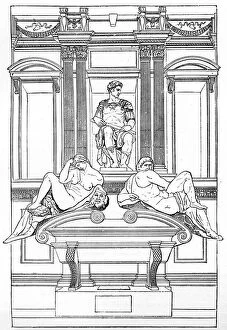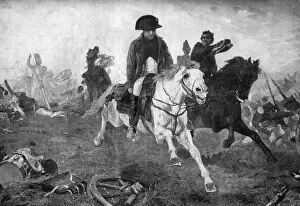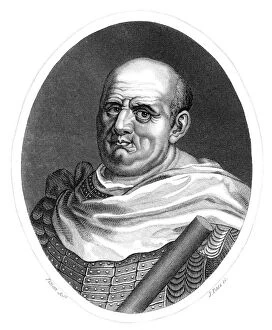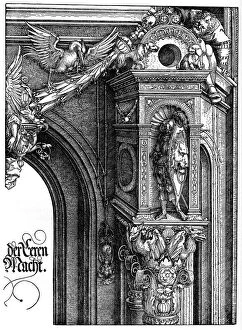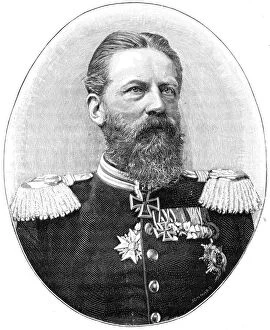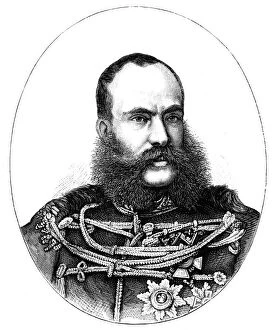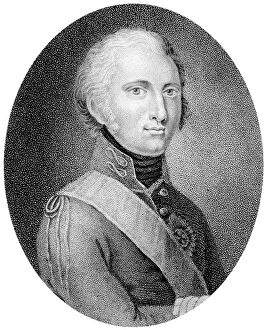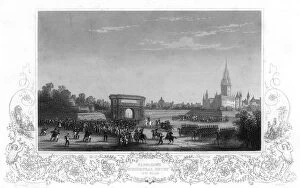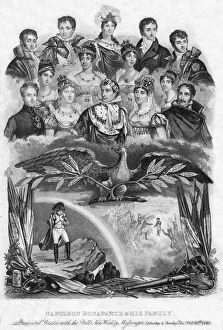Emperor Collection (#95)
"Emperor: A Tale of Power, Legacy, and Influence" In the annals of history, few titles hold as much weight and fascination as that of an emperor
For sale as Licensed Images
Choose your image, Select your licence and Download the media
"Emperor: A Tale of Power, Legacy, and Influence" In the annals of history, few titles hold as much weight and fascination as that of an emperor. From Haile Selassie's coronation in 1930 to the majestic bust of Marcus Aurelius from ancient Rome, these figures have left an indelible mark on our collective consciousness. Haile Selassie's ascension to power in 1930 marked a significant moment for Ethiopia. His reign brought modernization and progress to a nation steeped in tradition. As we gaze upon his statue, we are reminded of his enduring legacy as a visionary leader. The young Napoleon Bonaparte studying intently captures the ambition and brilliance that would propel him to become one of history's most iconic emperors. Hegel recognized this potential when he famously remarked, "I saw the world spirit riding on horseback. " Indeed, Napoleon would reshape Europe forever. Yet emperors also face their share of challenges. Haile Selassie's exile during Italy's invasion in 1936 serves as a stark reminder that even those with immense power can be vulnerable. Similarly, Napoleon faced defeat at Waterloo in 1815—a humbling end to his imperial ambitions. The statues depicting Augustus Prima Porta and Marcus Aurelius stand tall as symbols of Roman might and grandeur. These rulers shaped an empire that spanned continents and left an indelible mark on Western civilization. Even beyond their own realms, emperors influenced global affairs. The satirical cartoon featuring Napoleon carving up the world alongside British Prime Minister William Pitt reminds us how these leaders' actions reverberated far beyond their borders. German Kaiser Wilhelm II adds another layer to this complex narrative. His signature represents both power and turmoil—his rule coincided with World War I and its aftermath—an era defined by shifting alliances and geopolitical tensions.


